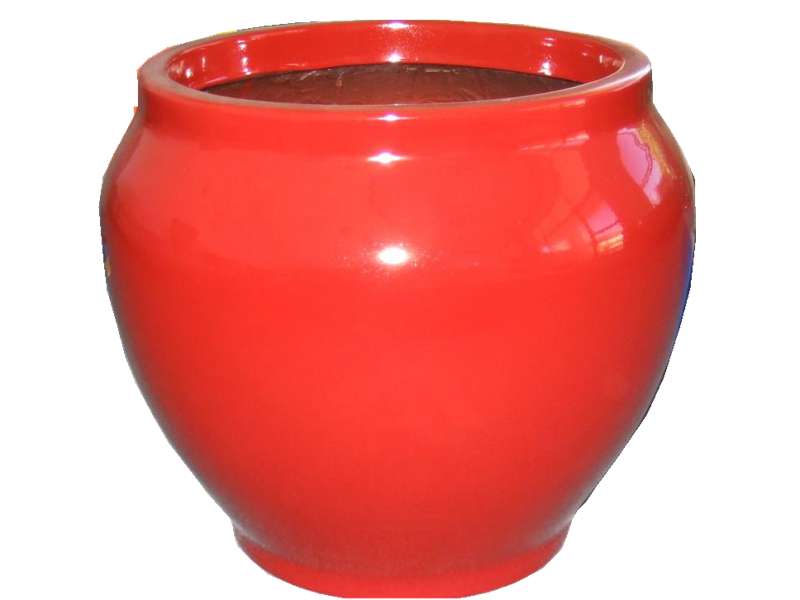
-
 Afrikaans
Afrikaans -
 Albanian
Albanian -
 Amharic
Amharic -
 Arabic
Arabic -
 Armenian
Armenian -
 Azerbaijani
Azerbaijani -
 Basque
Basque -
 Belarusian
Belarusian -
 Bengali
Bengali -
 Bosnian
Bosnian -
 Bulgarian
Bulgarian -
 Catalan
Catalan -
 Cebuano
Cebuano -
 China
China -
 China (Taiwan)
China (Taiwan) -
 Corsican
Corsican -
 Croatian
Croatian -
 Czech
Czech -
 Danish
Danish -
 Dutch
Dutch -
 English
English -
 Esperanto
Esperanto -
 Estonian
Estonian -
 Finnish
Finnish -
 French
French -
 Frisian
Frisian -
 Galician
Galician -
 Georgian
Georgian -
 German
German -
 Greek
Greek -
 Gujarati
Gujarati -
 Haitian Creole
Haitian Creole -
 hausa
hausa -
 hawaiian
hawaiian -
 Hebrew
Hebrew -
 Hindi
Hindi -
 Miao
Miao -
 Hungarian
Hungarian -
 Icelandic
Icelandic -
 igbo
igbo -
 Indonesian
Indonesian -
 irish
irish -
 Italian
Italian -
 Japanese
Japanese -
 Javanese
Javanese -
 Kannada
Kannada -
 kazakh
kazakh -
 Khmer
Khmer -
 Rwandese
Rwandese -
 Korean
Korean -
 Kurdish
Kurdish -
 Kyrgyz
Kyrgyz -
 Lao
Lao -
 Latin
Latin -
 Latvian
Latvian -
 Lithuanian
Lithuanian -
 Luxembourgish
Luxembourgish -
 Macedonian
Macedonian -
 Malgashi
Malgashi -
 Malay
Malay -
 Malayalam
Malayalam -
 Maltese
Maltese -
 Maori
Maori -
 Marathi
Marathi -
 Mongolian
Mongolian -
 Myanmar
Myanmar -
 Nepali
Nepali -
 Norwegian
Norwegian -
 Norwegian
Norwegian -
 Occitan
Occitan -
 Pashto
Pashto -
 Persian
Persian -
 Polish
Polish -
 Portuguese
Portuguese -
 Punjabi
Punjabi -
 Romanian
Romanian -
 Russian
Russian -
 Samoan
Samoan -
 Scottish Gaelic
Scottish Gaelic -
 Serbian
Serbian -
 Sesotho
Sesotho -
 Shona
Shona -
 Sindhi
Sindhi -
 Sinhala
Sinhala -
 Slovak
Slovak -
 Slovenian
Slovenian -
 Somali
Somali -
 Spanish
Spanish -
 Sundanese
Sundanese -
 Swahili
Swahili -
 Swedish
Swedish -
 Tagalog
Tagalog -
 Tajik
Tajik -
 Tamil
Tamil -
 Tatar
Tatar -
 Telugu
Telugu -
 Thai
Thai -
 Turkish
Turkish -
 Turkmen
Turkmen -
 Ukrainian
Ukrainian -
 Urdu
Urdu -
 Uighur
Uighur -
 Uzbek
Uzbek -
 Vietnamese
Vietnamese -
 Welsh
Welsh -
 Bantu
Bantu -
 Yiddish
Yiddish -
 Yoruba
Yoruba -
 Zulu
Zulu
grp food grade equipment
Understanding GRP Food Grade Equipment A Comprehensive Overview
In today’s food processing industry, the need for high-quality food-grade equipment has never been more critical. One of the most innovative materials used to meet these standards is glass reinforced plastic, commonly known as GRP. This composite material is increasingly favored for its robustness, durability, and hygienic properties, making it an excellent choice for various applications within the food sector.
Understanding GRP Food Grade Equipment A Comprehensive Overview
One of the key advantages of GRP food-grade equipment is its versatility. It can be molded into various shapes and sizes, allowing manufacturers to produce customized solutions tailored to specific processing needs. For instance, GRP can be used in the production of storage tanks, conveyor systems, and even kitchen countertops. This adaptability is essential in a world where food safety regulations are becoming increasingly stringent, and manufacturers must ensure compliance with health standards.
grp food grade equipment

Moreover, GRP is renowned for its thermal insulation properties. This is particularly beneficial in food processing where temperature control is paramount. Equipment made from GRP can maintain product integrity by minimizing temperature fluctuations, essential for perishable items. This contributes not only to food safety but also to the overall quality of the end product.
When selecting GRP food-grade equipment, it is essential to consider certifications and compliance with global standards. Equipment must meet regulations set forth by organizations like the FDA and EU standards to ensure that they are safe for food contact. Reliable manufacturers will provide extensive documentation proving that their products are made from food-safe materials and are suitable for the intended applications.
In conclusion, GRP food-grade equipment embodies a modern solution to the growing demands of the food industry. Its combination of strength, versatility, and hygiene makes it an ideal choice for various applications. As food safety remains a focal point in processing, investing in GRP equipment not only enhances operational efficiency but also ensures adherence to stringent health regulations. This material stands as a testament to the innovative approaches being adopted in the food sector, paving the way for safer and more effective food processing solutions. With increasing awareness of health and safety standards, the use of GRP in food-grade applications is sure to expand, ultimately benefiting producers, consumers, and regulatory bodies alike.









